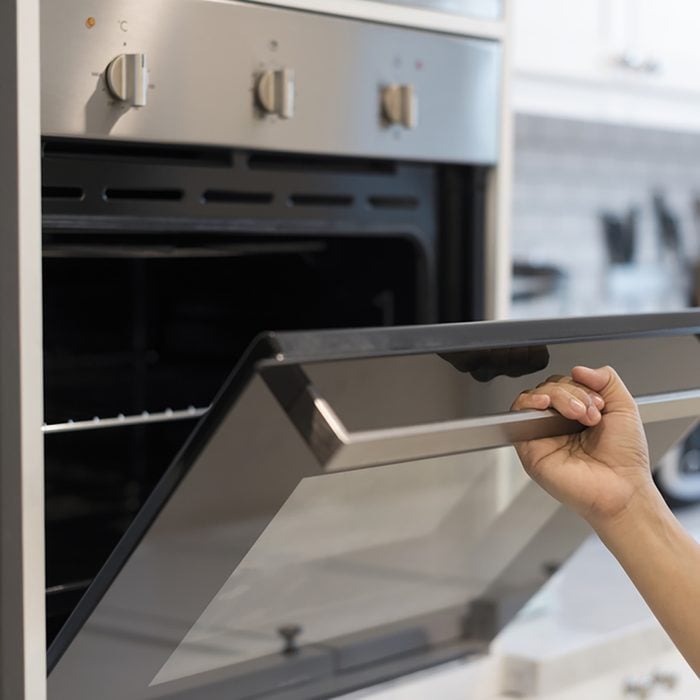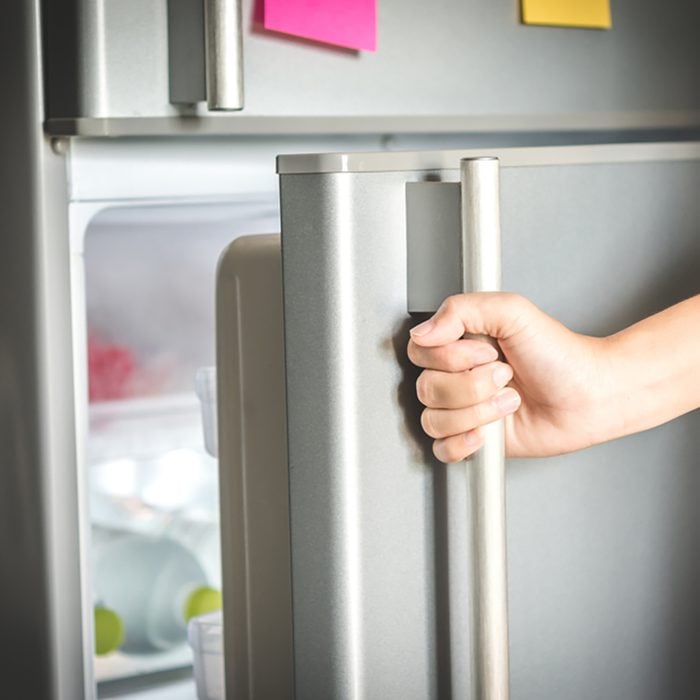Cheesecake, a delectable dessert enjoyed by many, can vary significantly in texture, ranging from soft and creamy to firm and dense. Understanding the factors that influence cheesecake texture is crucial for achieving your desired outcome.
The Role of Temperature and Eggs
Temperature:
The temperature at which a cheesecake is baked plays a pivotal role in determining its texture. Generally, cheesecakes baked at higher temperatures tend to be firmer, while those baked at lower temperatures result in a softer texture.
Eggs:
The type of eggs used and how they are incorporated into the batter also impact the cheesecake’s texture. Cheesecakes made with whole eggs typically have a denser texture, whereas cheesecakes made with separated eggs (where the yolks and whites are whipped separately) tend to be lighter and fluffier.
Achieving Your Desired Texture
Soft and Creamy:
For a soft and creamy cheesecake, bake it at a lower temperature (around 325°F or 163°C) for a longer period. Using separated eggs and whipping the egg whites until stiff peaks form will further contribute to a light and airy texture.
Firm and Dense:
To achieve a firm and dense cheesecake, bake it at a higher temperature (around 350°F or 177°C) for a shorter period. Using whole eggs and minimizing the amount of air incorporated into the batter will result in a denser texture.
Additional Tips
- Water Bath: Baking a cheesecake in a water bath helps prevent overcooking and promotes even cooking, resulting in a smoother texture.
- Cooling: Allow the cheesecake to cool gradually in the oven with the door slightly ajar. This helps prevent cracking and ensures the cheesecake sets evenly.
- Refrigeration: Refrigerating the cheesecake for several hours or overnight allows it to firm up further and develop its full flavor.
Troubleshooting
Dense Cheesecake:
- Overmixing the batter
- Using too many whole eggs
- Baking at too low a temperature
- Overbaking
Soft Cheesecake:
- Undermixing the batter
- Using too many separated eggs
- Baking at too high a temperature
- Underbaking
Understanding the factors that influence cheesecake texture empowers you to create cheesecakes that meet your specific preferences. Experiment with different temperatures, egg combinations, and techniques to achieve the perfect balance of softness, creaminess, firmness, and density.
Not baking your crust
Prior to adding the cheesecake filling, your crust should always be baked beforehand. Put the crust in the oven for about ten minutes, even if the recipe doesn’t specify it. This will maintain its ideal crispiness and prepare it for a delectable filling.

Assuming leak-proof pans are actually leak-proof
Make sure no water leaks into your pan when using a water bath. Although a lot of springform pans claim to be leakproof, you never want to take a chance on a gorgeous bake. Alternatively, Catherine suggests nestling your springform inside a slightly bigger conventional cake pan or covering the pans with foil before putting them in the water bath. Both methods work and keep your cake dry.

How to Tell if your Cheesecake is Cooked | Cook with Curtis Stone | Coles
FAQ
Should cheesecake be soft or hard?
What texture should cheesecake be?
Is cheesecake supposed to be solid?
How do you know if a cheesecake is too soft?
A properly baked cheesecake should feel firm with a slight give. If it feels too soft and jiggles significantly when touched, it likely needs more time in the oven. Be cautious when applying pressure to the surface, as pressing too hard can cause the cheesecake to collapse or crack.
Is cheesecake a healthy food?
Vegan cheesecake has healthy ingredients and can be adjusted according to food preferences. A recipe with rice milk and seeds is a great suggestion.
Can you make mistakes when making a cheesecake?
When making a cheesecake, it’s easy to make little mistakes when you don’t have experience. Mixing the batter is a necessary process for preparing a cheesecake, and you do indeed need to be thorough. However, it’s possible to go overboard with mixing the batter.
How do you know if a cheesecake is firm?
Gently jiggling the cheesecake. A slight wobble in the center is acceptable, while excessive movement indicates that it requires more time in the oven. Checking for firmness with a light touch. Gently press the center of the cheesecake with your finger. It should feel firm and set, with no excessive softness.
